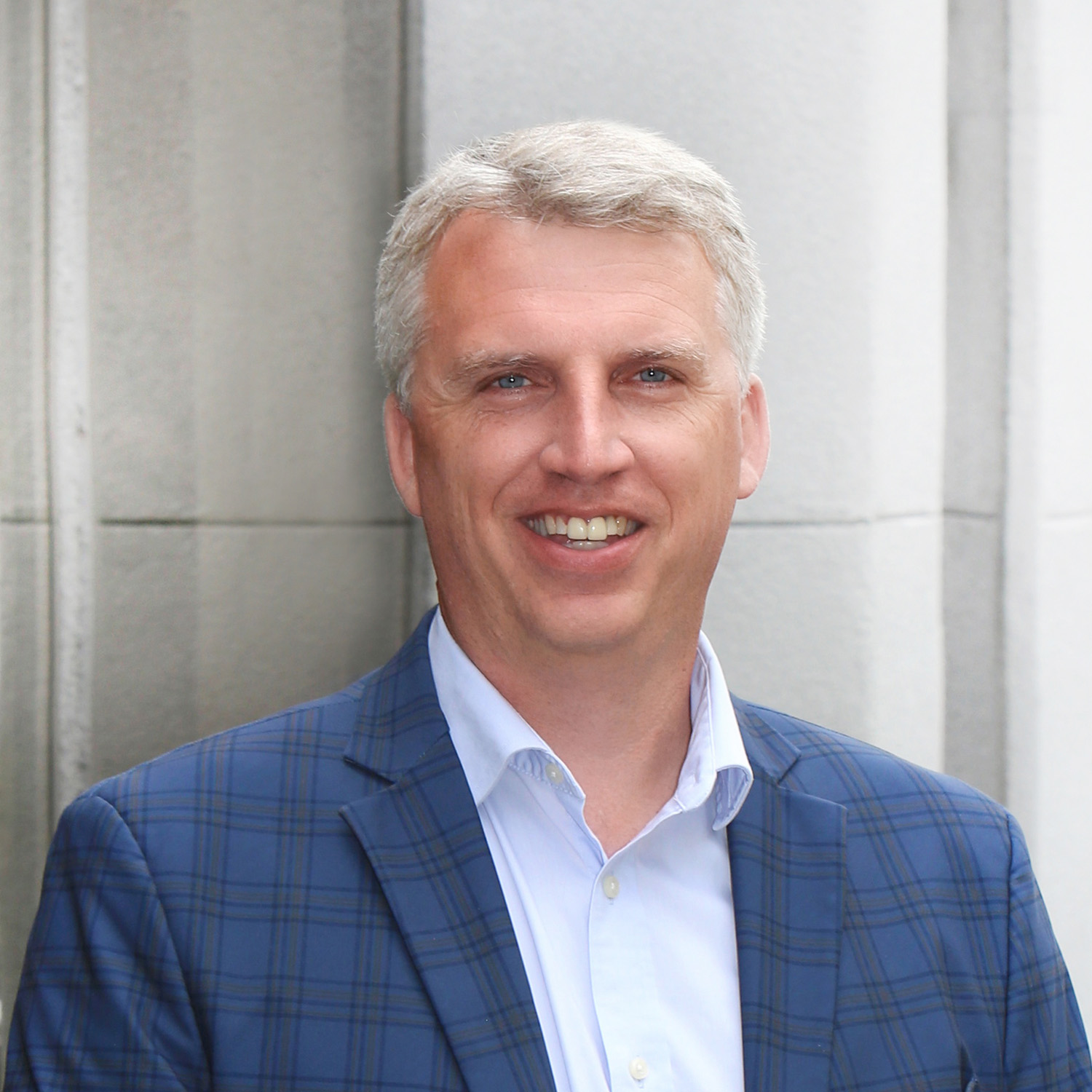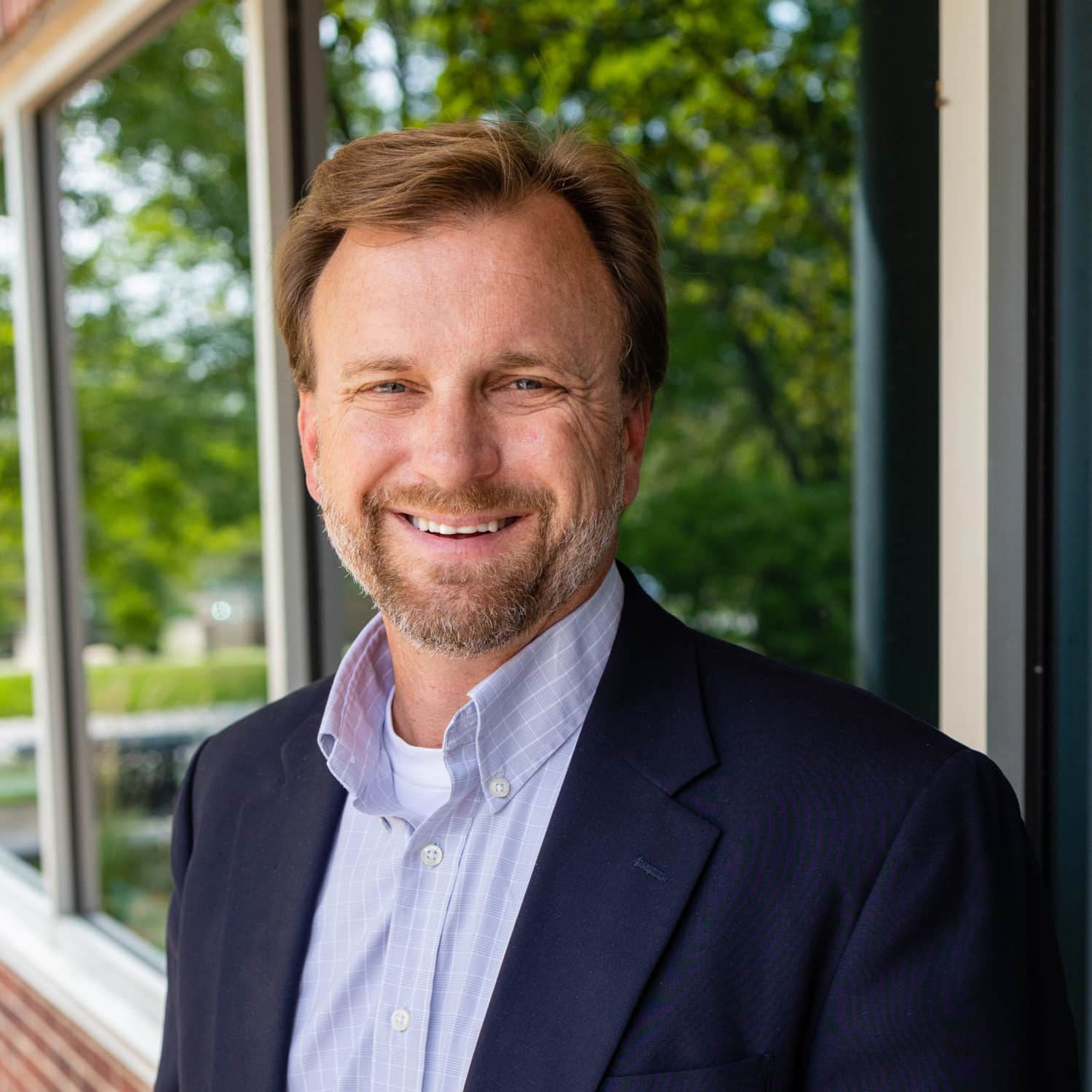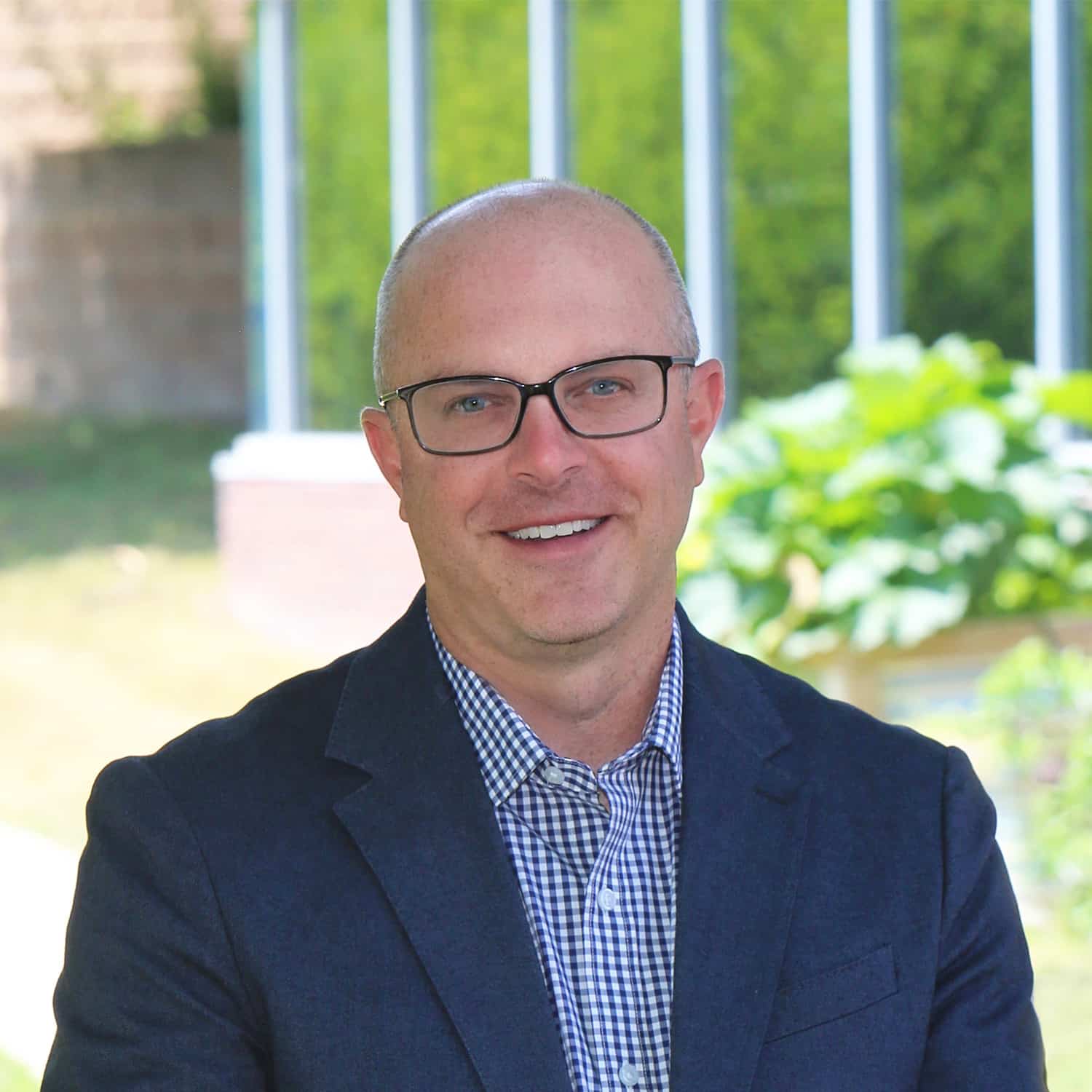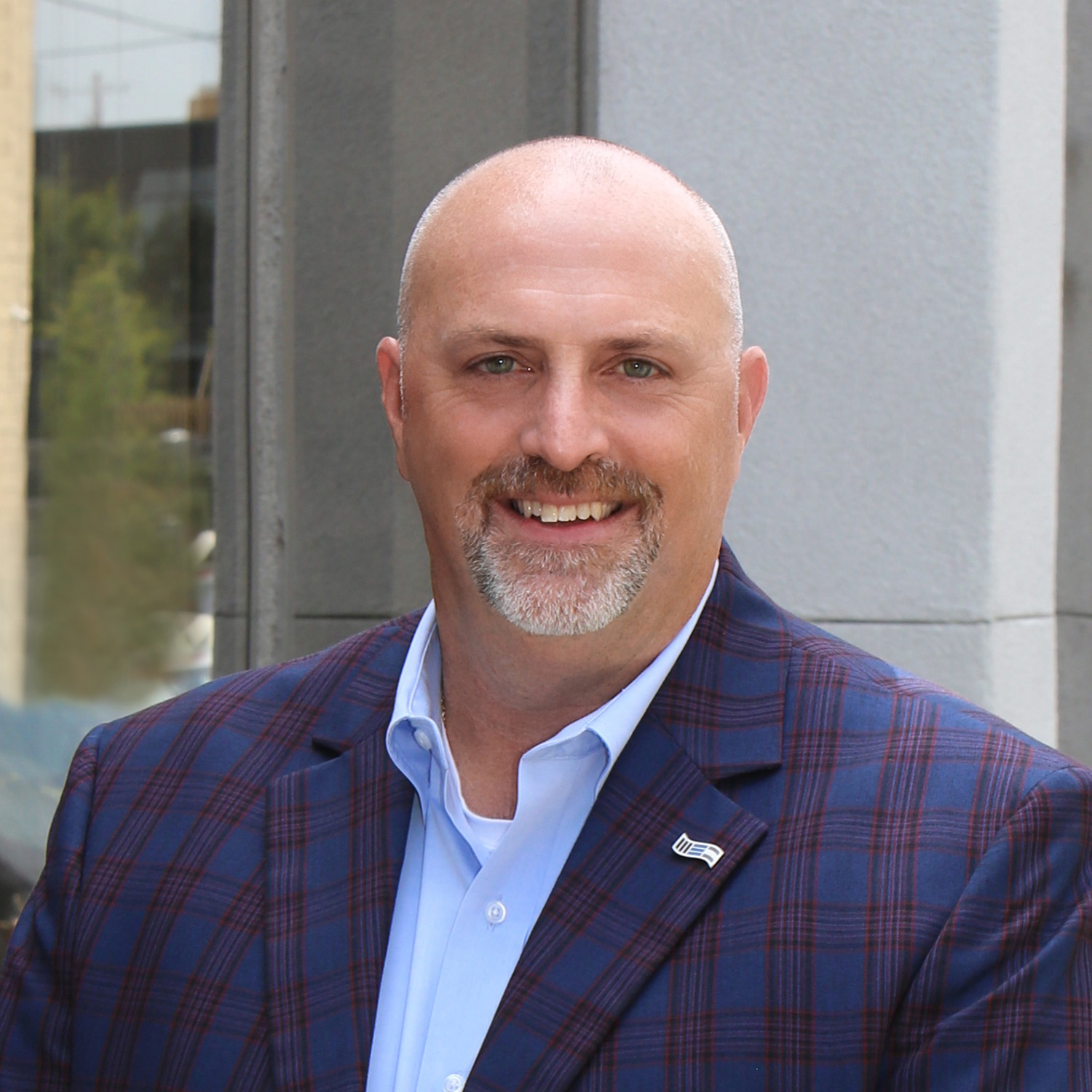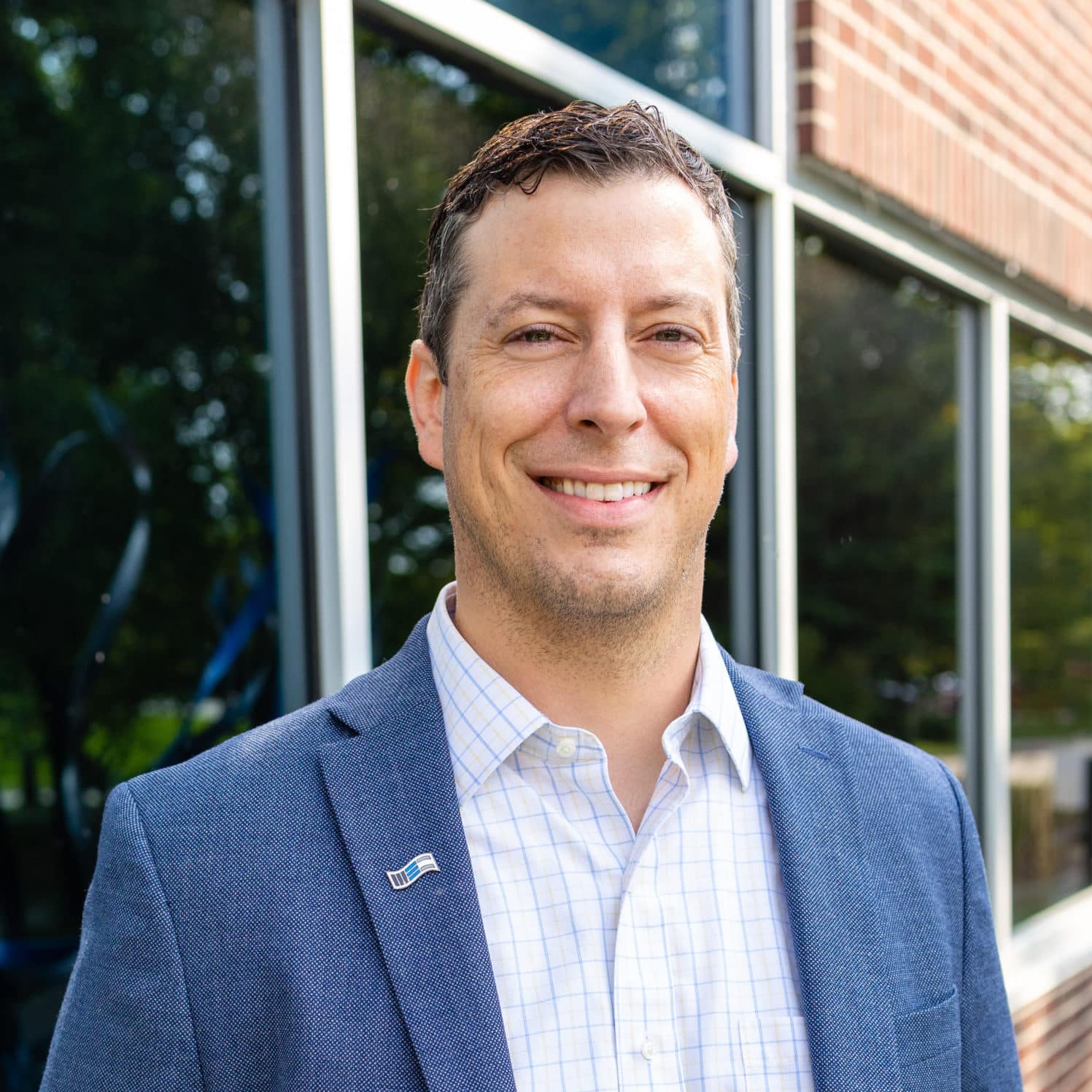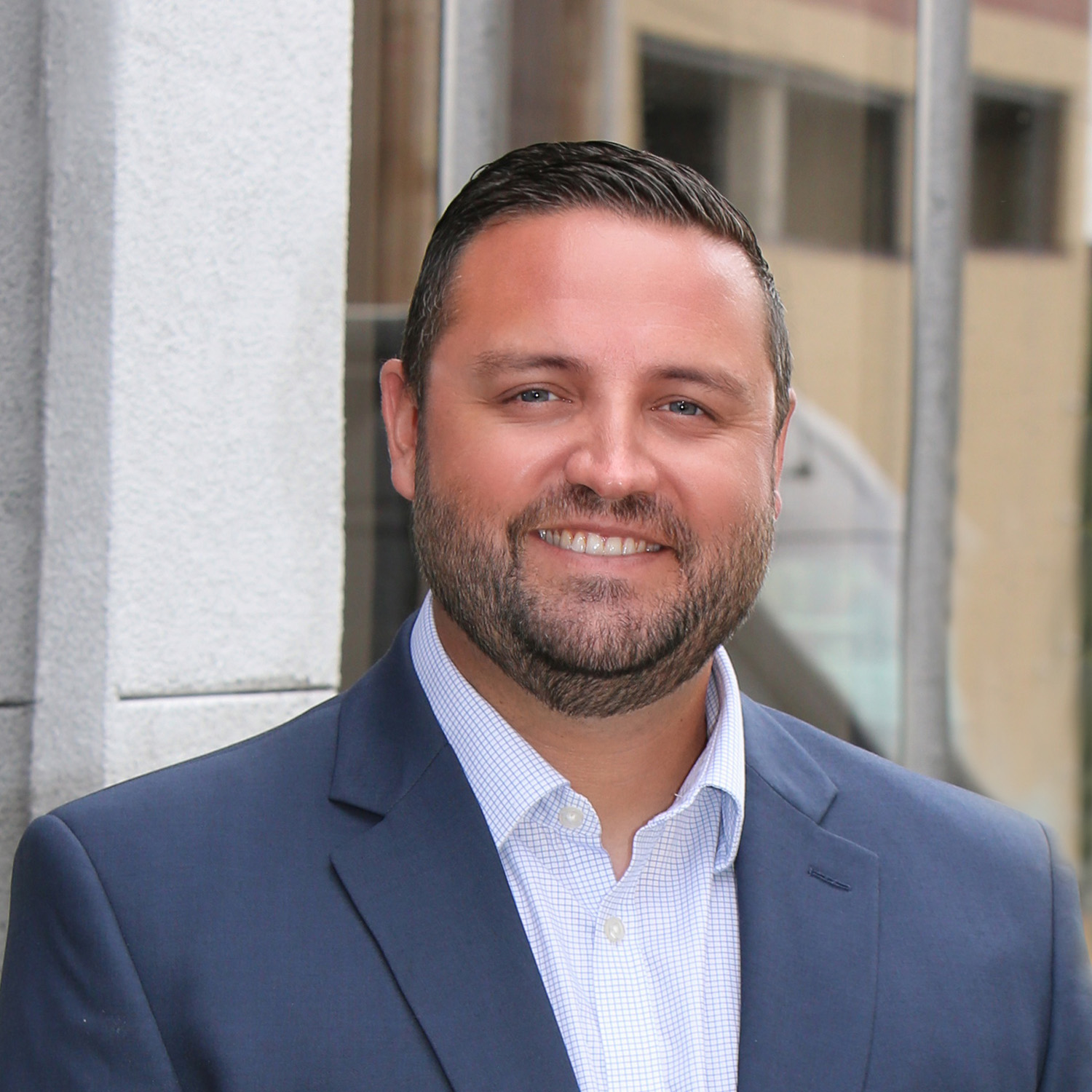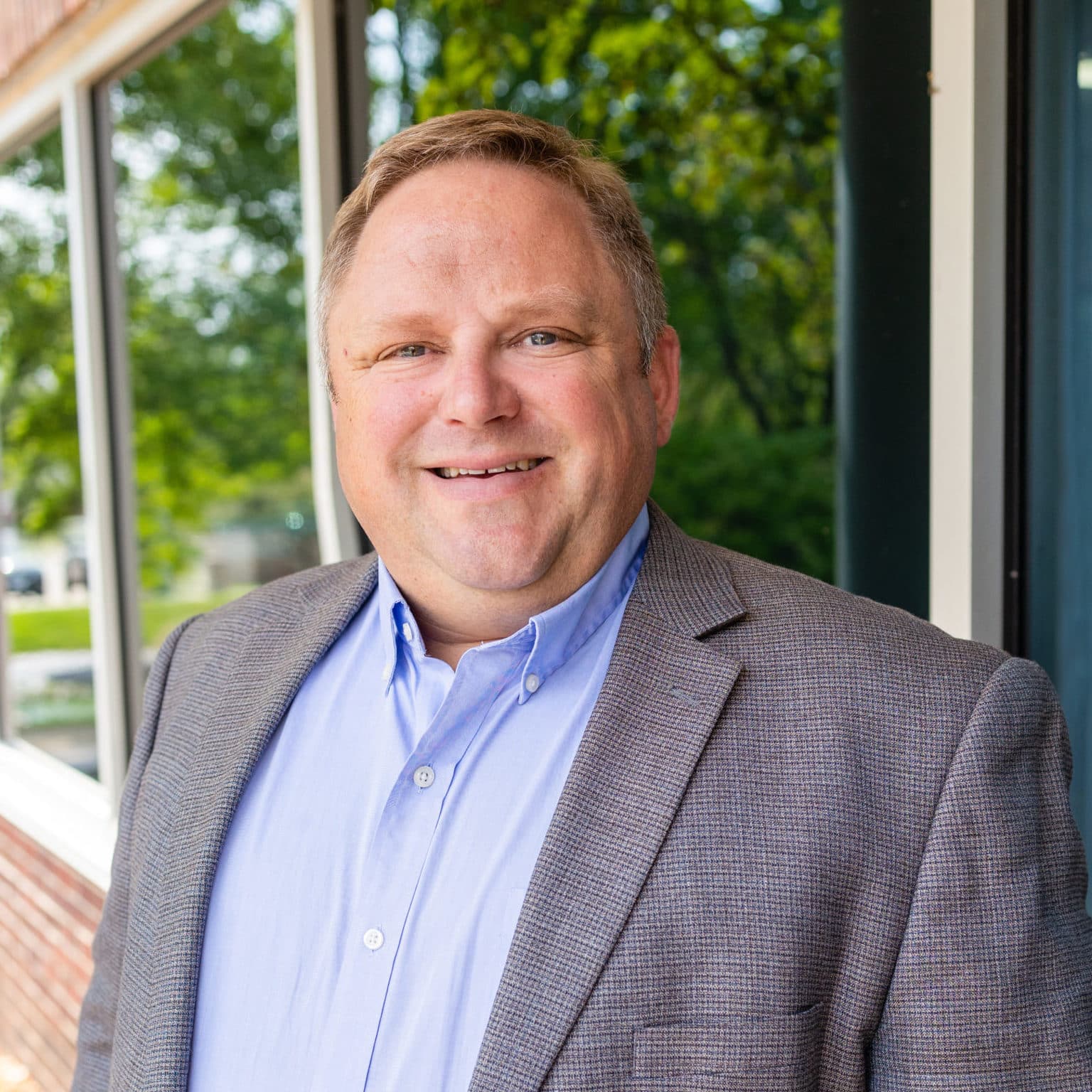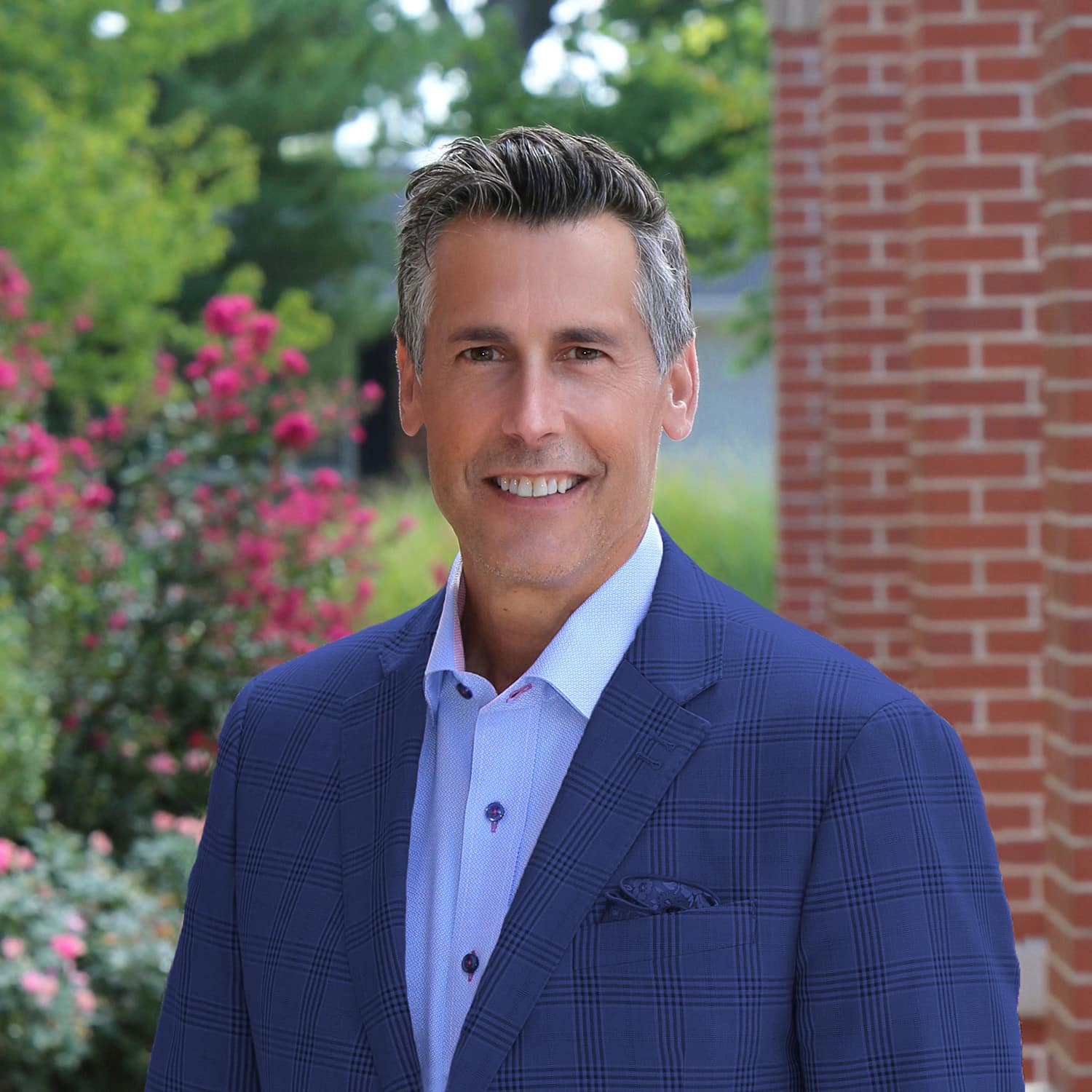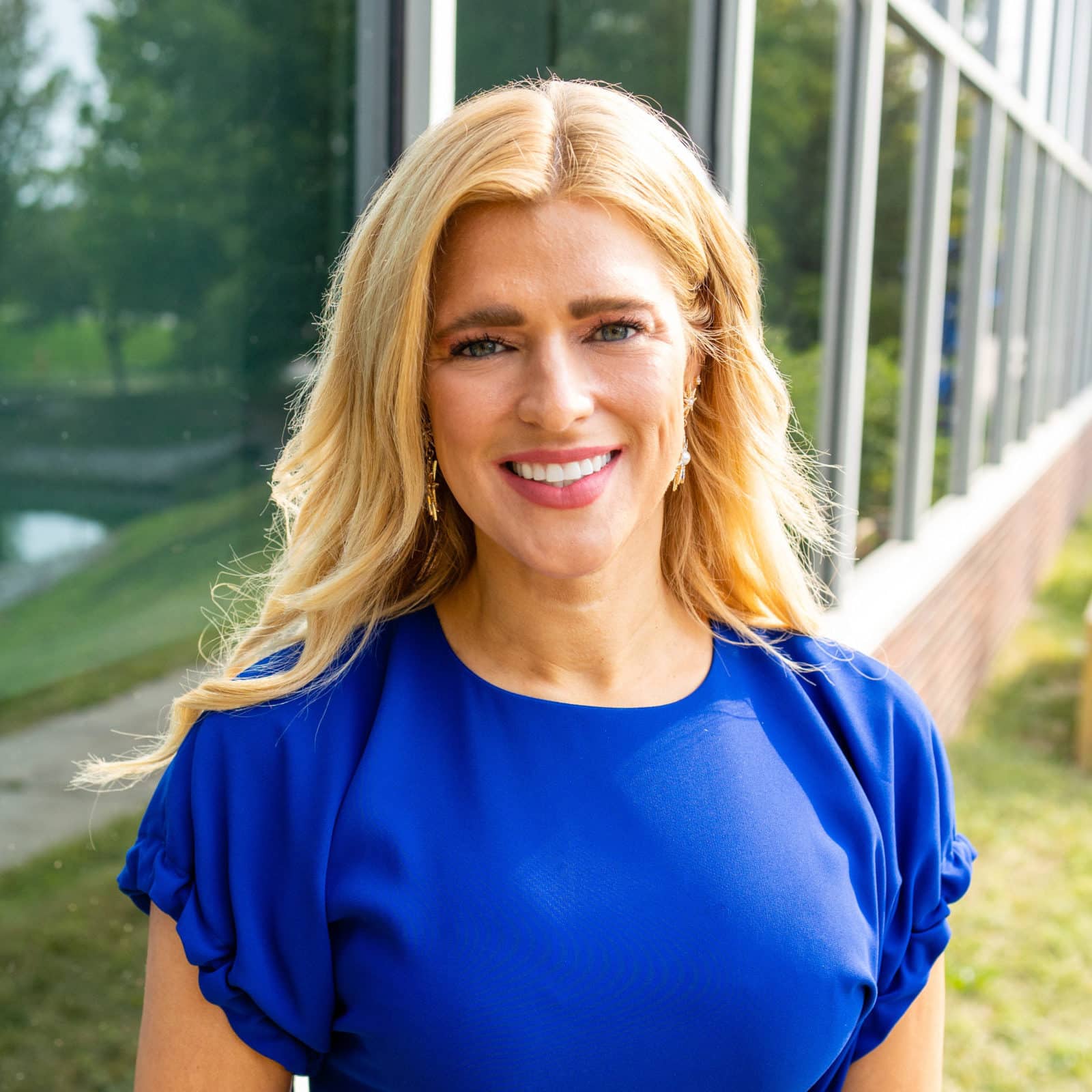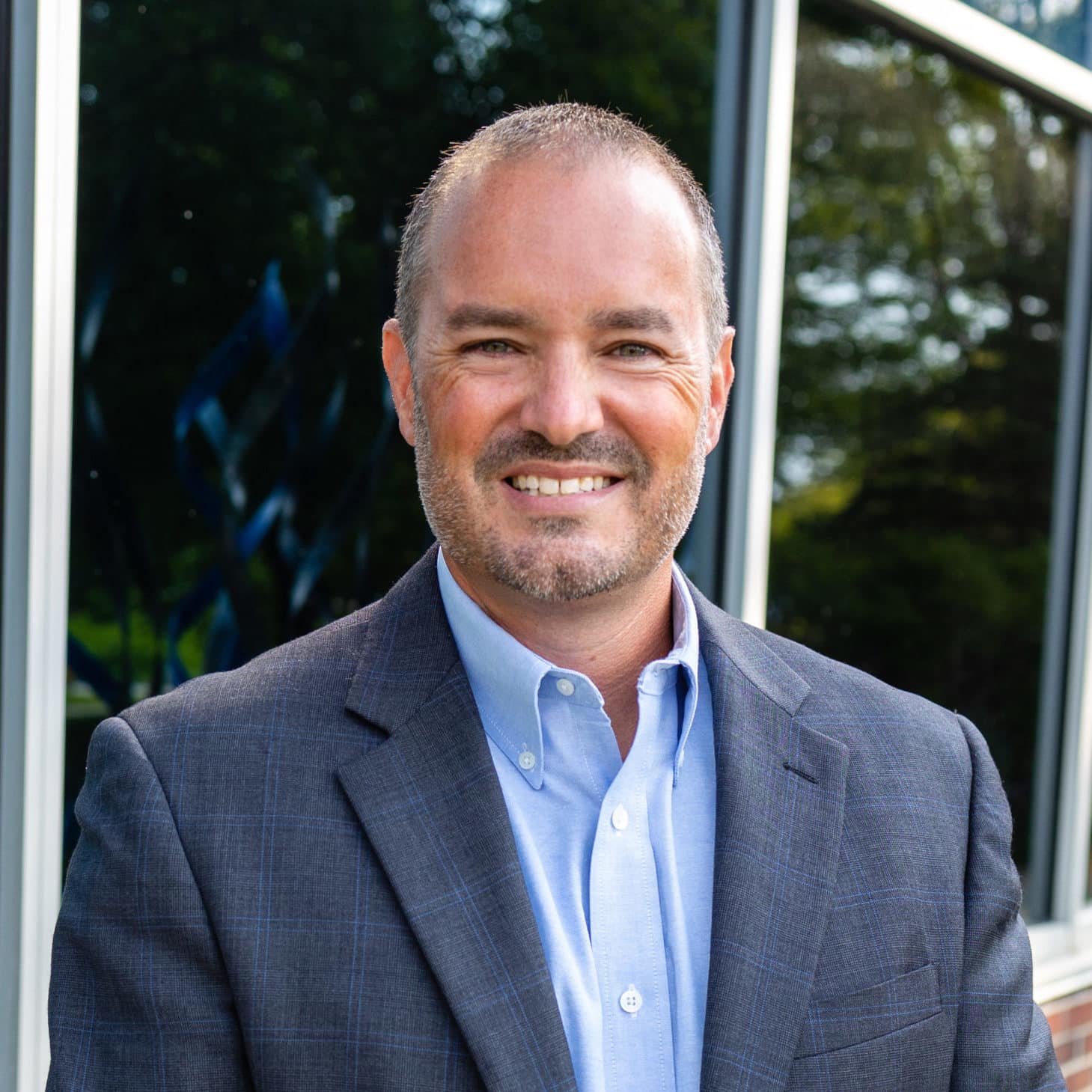Sustainable Design Concepts
Creating a green, environmentally conscious future is a noble goal. More businesses and communities are realizing the benefits of sustainable development, from lower pollution to smaller energy bills. But you can’t develop something sustainably without understanding how to plan sustainably first. Fortunately, McClure’s expertise in sustainable development, green design, and similar disciplines means that every project we undertake aligns with a greener future.
At McClure, our skillful, sensitive design can help eliminate negative environmental impact. If you want a greener property and all the benefits that come with it, we’re the firm to call. Our sustainable design measures can improve every step of the project, from the very initial facility planning to our long-term assessment of the property’s future needs.
What Is Sustainable Design?
Sustainable design is a philosophy of crafting the built environment and its amenities in line with the principle of sustainability. It should improve the health and comfort of occupants while reducing negative impacts on the environment, such as pollution. A few of the core objectives of sustainable design relate to minimal use of non-renewable resources, limiting waste generation, and making use of natural processes rather than technology to solve problems.
That could mean restoring a nearby ecosystem, or putting additional investments into a project to keep local groundwater from being contaminated. For many of our projects, most sustainable design focuses on energy-efficient utilities like a solar-powered heat pump system. UV-resistant windows, ample insultation, and passive air circulation are all ways that can make the property more environmentally friendly. The options that will be ideal for your site depend on the environment itself, your industry’s needs, and many other factors. A number of different specialists, like landscape architects, can offer insight on how to handle specific elements of these projects.
How McClure Applies Sustainable Design Concepts
Green Building Certification: We actively pursue green building certifications such as Leadership in Energy and Environmental Design (LEED} and the Living Building Challenge. Certifications demonstrate a dedication to eco-friendly structures that prioritize energy efficiency, water conservation, and healthy indoor environments.
Carbon Neutrality: Truly all-encompassing green design includes limiting the carbon footprint of the project. This can be done by investing in renewable energy sources as well as implementing energy-efficient utilities. You can even find ways to make the logistics side of things more sustainable.
Natural Resource Preservation: Our designs minimize the demand on natural resources. This can be accomplished by using recycled or sustainable materials, or by incorporating passive design strategies that maximize natural lighting and ventilation.
Sustainable Infrastructure: We can serve as your sustainable engineering firm, consulting on the design of green spaces, parks, and transportation systems that promote sustainable urban communities and higher quality of life.
Case Study – the FHLBank Headquarters
The FHLBank headquarters project is a great showcase of our enduring commitment to sustainability. This LEED Gold-certified building was constructed after careful consideration of the ideal site, which was ultimately decided based on the finished property’s ability to handle stormwater flooding. Through a series of bioswales and underground detention systems, polluted stormwater runoff is collected and filtered. This reduces water pollution and keeps the local aquifers replenished.
FAQ
What are more specific concepts used in sustainable development?
Four distinct elements of sustainable development are social equity, economic viability, environmental protection, and resource efficiency.
How are cities designed to be sustainable?
Sustainable city design involves planning for energy-efficient buildings, promoting public transportation, integrating green spaces, conserving natural resources, and fostering sustainable urban development.
What are some examples of sustainable engineering?
Examples of sustainable engineering include constructing energy-efficient buildings, implementing renewable energy systems, and designing eco-friendly transportation networks.
Are there examples of what building or space constitutes a sustainable design?
Energy-efficient buildings, green infrastructure, waste reduction, and diverse transportation options are all ways to realize sustainability goals.
Sustainable Design Concepts
Creating a green, environmentally conscious future is a noble goal. More businesses and communities are realizing the benefits of sustainable development, from lower pollution to smaller energy bills. But you can’t develop something sustainably without understanding how to plan sustainably first. Fortunately, McClure’s expertise in sustainable development, green design, and similar disciplines means that every project we undertake aligns with a greener future.
At McClure, our skillful, sensitive design can help eliminate negative environmental impact. If you want a greener property and all the benefits that come with it, we’re the firm to call. Our sustainable design measures can improve every step of the project, from the very initial facility planning to our long-term assessment of the property’s future needs.
Wat Is Sustainable Design?
Sustainable design is a philosophy of crafting the built environment and its amenities in line with the principle of sustainability. It should improve the health and comfort of occupants while reducing negative impacts on the environment, such as pollution. A few of the core objectives of sustainable design relate to minimal use of non-renewable resources, limiting waste generation, and making use of natural processes rather than technology to solve problems.
That could mean restoring a nearby ecosystem, or putting additional investments into a project to keep local groundwater from being contaminated. For many of our projects, most sustainable design focuses on energy-efficient utilities like a solar-powered heat pump system. UV-resistant windows, ample insultation, and passive air circulation are all ways that can make the property more environmentally friendly. The options that will be ideal for your site depend on the environment itself, your industry’s needs, and many other factors. A number of different specialists, like landscape architects, can offer insight on how to handle specific elements of these projects.
How McClure Applies Sustainable Design Concepts
Green Building Certification: We actively pursue green building certifications such as Leadership in Energy and Environmental Design (LEED} and the Living Building Challenge. Certifications demonstrate a dedication to eco-friendly structures that prioritize energy efficiency, water conservation, and healthy indoor environments.
Carbon Neutrality: Truly all-encompassing green design includes limiting the carbon footprint of the project. This can be done by investing in renewable energy sources as well as implementing energy-efficient utilities. You can even find ways to make the logistics side of things more sustainable.
Natural Resource Preservation: Our designs minimize the demand on natural resources. This can be accomplished by using recycled or sustainable materials, or by incorporating passive design strategies that maximize natural lighting and ventilation.
Sustainable Infrastructure: We can serve as your sustainable engineering firm, consulting on the design of green spaces, parks, and transportation systems that promote sustainable urban communities and higher quality of life.
Case Study – the FHLBank Headquarters
The FHLBank headquarters project is a great showcase of our enduring commitment to sustainability. This LEED Gold-certified building was constructed after careful consideration of the ideal site, which was ultimately decided based on the finished property’s ability to handle stormwater flooding. Through a series of bioswales and underground detention systems, polluted stormwater runoff is collected and filtered. This reduces water pollution and keeps the local aquifers replenished.
Where We Make an Impact
At McClure, we pride ourselves on pushing the boundaries of sustainable engineering and design, transforming ideas into a greener reality. Our team is dedicated to crafting innovative solutions that positively impact the environment and communities we serve.
What are more specific concepts used in sustainable development?
Four distinct elements of sustainable development are social equity, economic viability, environmental protection, and resource efficiency.
How are cities designed to be sustainable?
Sustainable city design involves planning for energy-efficient buildings, promoting public transportation, integrating green spaces, conserving natural resources, and fostering sustainable urban development.
What are some examples of sustainable engineering?
Examples of sustainable engineering include constructing energy-efficient buildings, implementing renewable energy systems, and designing eco-friendly transportation networks.
Are there examples of what building or space constitutes a sustainable design?
Energy-efficient buildings, green infrastructure, waste reduction, and diverse transportation options are all ways to realize sustainability goals.
WHERE WE MAKE AN IMPACT
At McClure, we pride ourselves on pushing the boundaries of sustainable engineering and design, transforming ideas into a greener reality. Our team is dedicated to crafting innovative solutions that positively impact the environment and communities we serve.
